Rekall Incorporated
Rekall is a company that provides memory implants of vacations, where a client can take a memory trip to a certain planet and be whoever they desire.
- 349 Posts
- 28 Comments

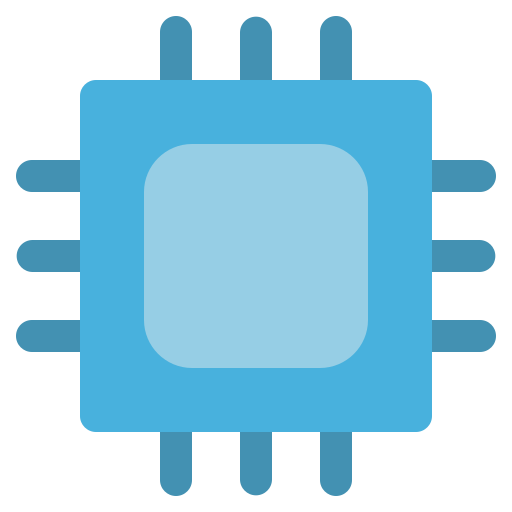 2·2 days ago
2·2 days agoI did not know ASUS “ProArt” series include CPU coolers.
The design has a rather pleasing miniamlist style (especially compared to most “gamer” components with RGB and an overbearing aesthetic). Nothing wrong with that, but it’s good to have choice.

 36·4 days ago
36·4 days agoSounds like they feel they have enough leverage over US companies where they can keep the leading edge node “exclusive” to in-country manufacturing.
And they do have very strong leverage.

 1·5 days ago
1·5 days agoIt’s solid by iGPU standards, but you’re not going to be able to run modern AAA games at native resolution and above minimal graphics settings.

 2·8 days ago
2·8 days agoI can’t comment on the political dimensions, but I can say that corporations want to continue selling into China (huge market) and oppose tariffs or restrictions on sales of bleeding edge tech.

 1·9 days ago
1·9 days agoI believe many of major the drivers issues were sorted out after releases. Although I doubt support is anywhere close to being as good as AMD, let alone Nvidia.

 1·10 days ago
1·10 days agoThe script for Part 3 is still a work in progress. There might be significant revision to the initial draft (could make for a more exciting part 3).

 19·10 days ago
19·10 days agoI was really hoping to see more competition in the dGPU space. But considering Intel’s overall troubles and the challenges with gaming dGPUs (even AMD can’t come anywhere close to Nvidia in the gaming dGPU space) this is to be expected.

 4·11 days ago
4·11 days agoIt’s more of a concept than an era.

 41·13 days ago
41·13 days agoWith less “out of the box” software support.
That being said the original Tinker Board was a decent upgrade over the then current Pi 3B which had atrocious ethernet performance (~20 MB/s max IIRC).

 1·14 days ago
1·14 days agoWhat Chinese 5nm/7nm production volume are you referring to?

 31·14 days ago
31·14 days ago3,925 ST in Geekbench is some series single thread performance, and in a laptop no less.

 3·15 days ago
3·15 days agoWorth reading if the semiconductor industry is one of your interests.
Paints a pretty bad picture of Gelsinger. I wonder how systematic these issues are. However the examples cited are too serious to be ignored IMO.

 9·24 days ago
9·24 days agoI doubt there are any large cities with even 25% solar panel coverage.

 1·25 days ago
1·25 days agoI just hope the 5800X3D will still be available in 3-4 months.
Although I might buy it now as many of our local outlets are out of stock. Prices are very high though.

 1·1 month ago
1·1 month agoYou are lucky that your employer paid for your monitor. The input switching issues do sound extremely annoying though. This is something you want to work without any issues or any actions.

 3·1 month ago
3·1 month agoWould be good to have ECC ram as a standard on the consumer side as well, but I doubt this will ever happen due to segmentation and honestly lack of market demand (you can’t market such a feature).

 1·1 month ago
1·1 month agoMemory prices/demand tend to be very cyclical.
If we do see the AI bubble popping (due to lack of revenue generating use cases) in the next 12-18 months, this will probably affect not only memory (although I don’t think GPU prices will go down).

 1·1 month ago
1·1 month agoMost optical memory storage methods developed in the past, including CDs and DVDs, are limited by the diffraction limit of light. A single data point cannot be smaller than the wavelength of the laser writing and reading the data. In the new work, the researchers proposed boosting the bit density of optical storage by embedding many rare-earth emitters within the material. By using slightly different wavelengths of light — an approach known as wavelength multiplexing — they hypothesized that these emitters could hold more data within the same area.
An interesting approach. In my limited understanding, this is comparable to getting more space by using different disc standards (CD, DVD, Bluray) at the same time.
That being said, on the consumer side everything seems to be moving towards solid state storage mediums. Even if this does get commercialized in the next ~5 years, I can’t see this competing with SSDs on the consumer side.

 4·1 month ago
4·1 month agoIt’s a keyboard that allows you type violently by punching it. AI algorithms are used to converts punches into meaningful keypresses.

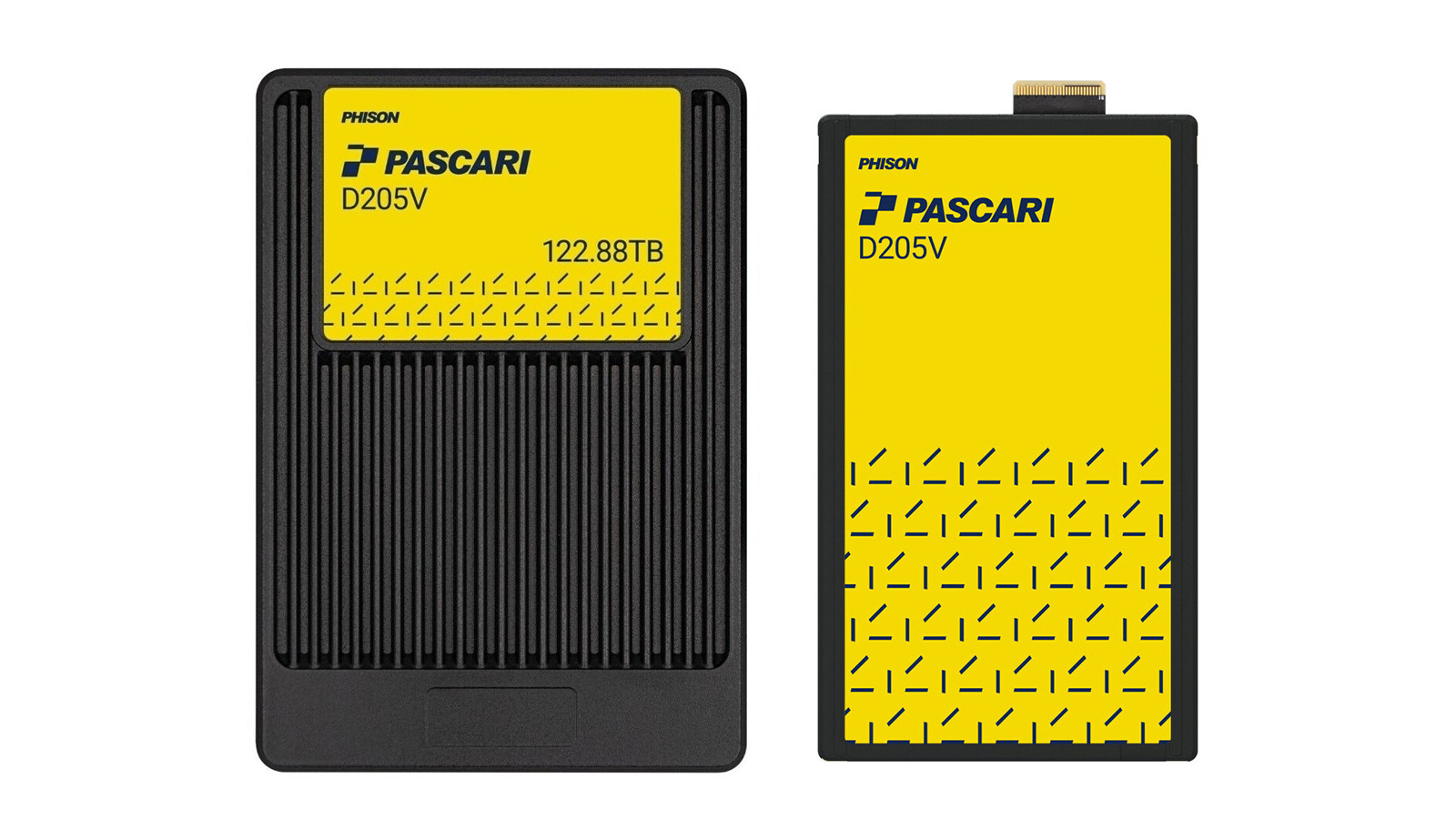

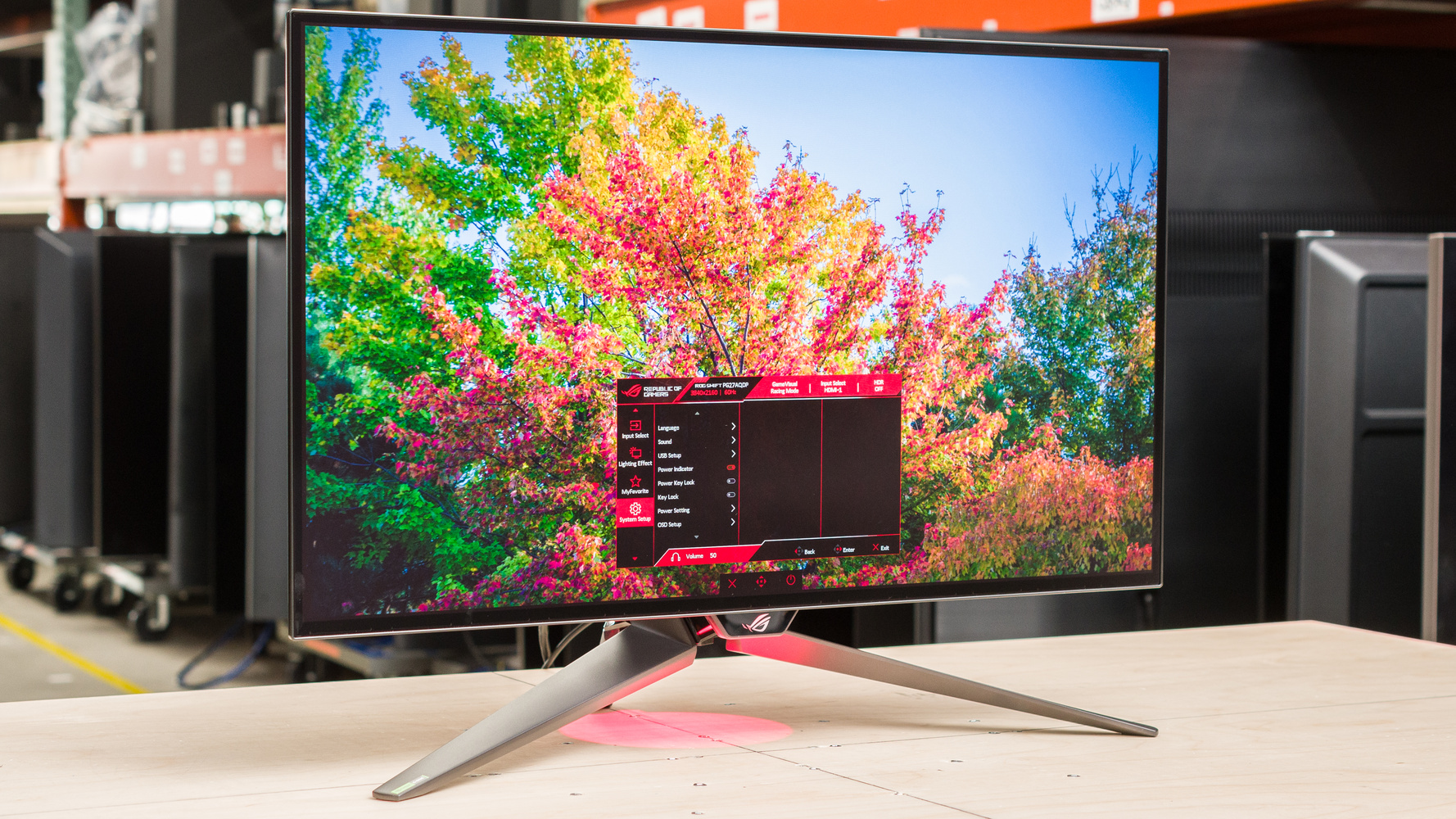



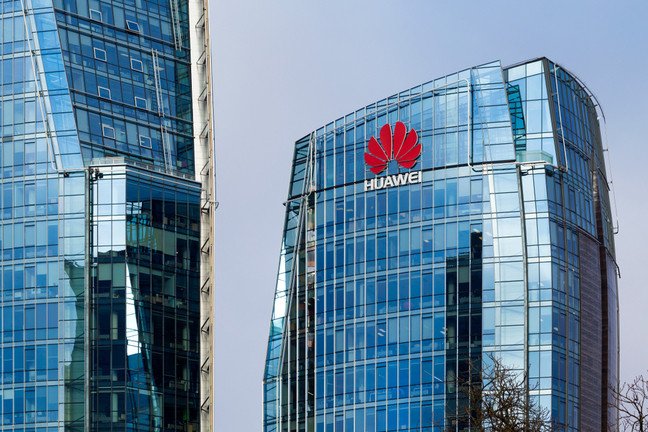
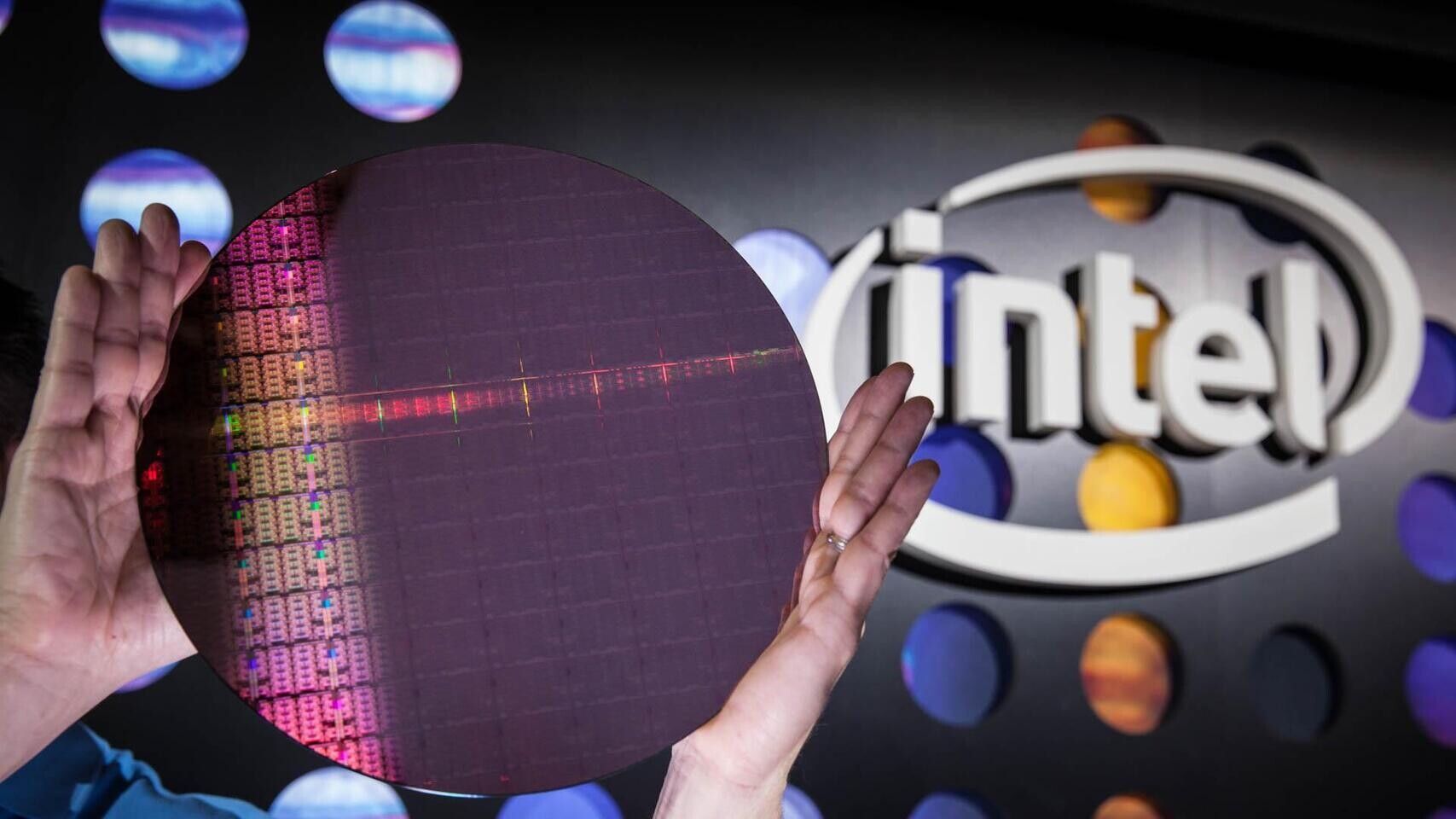
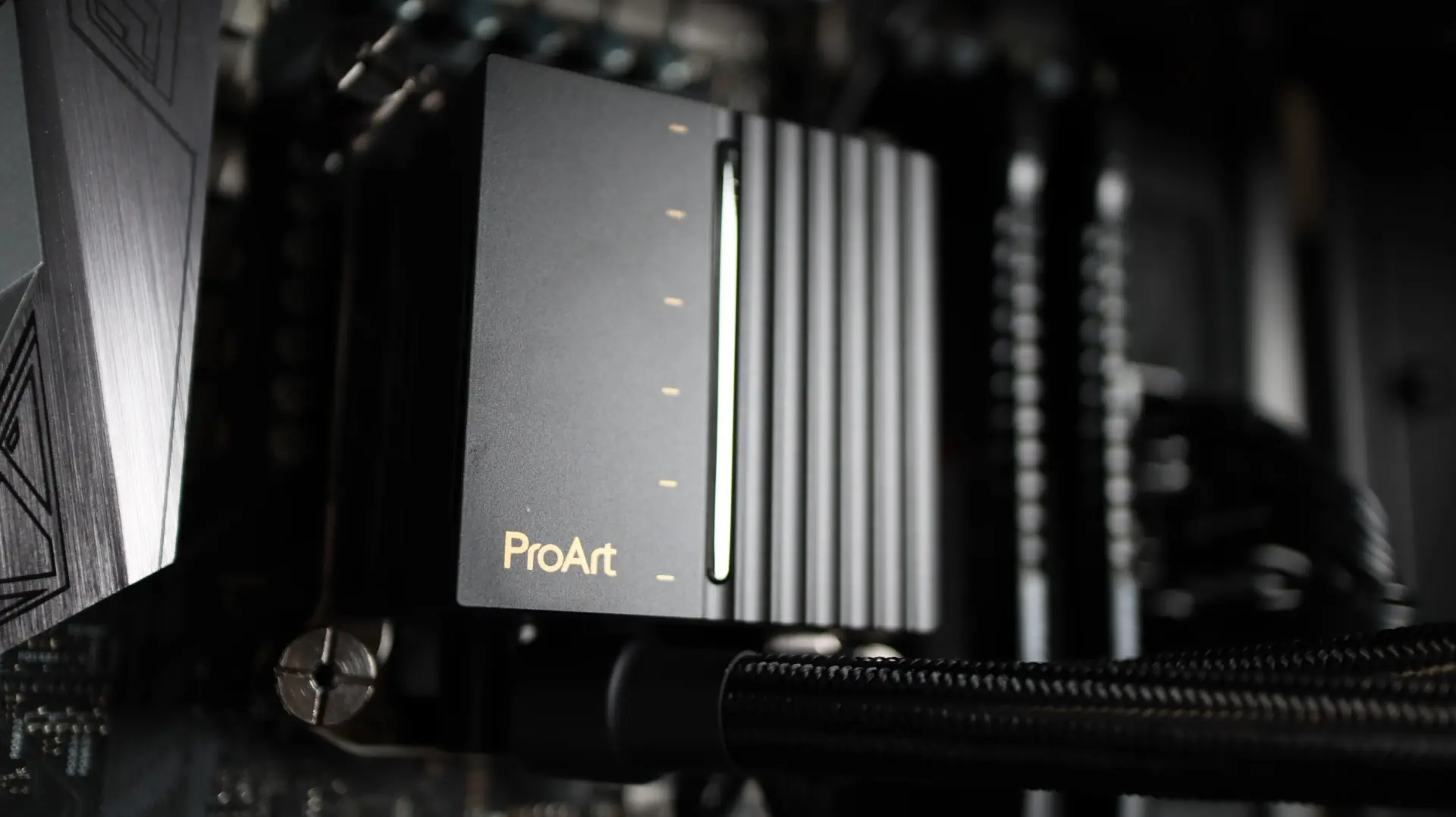

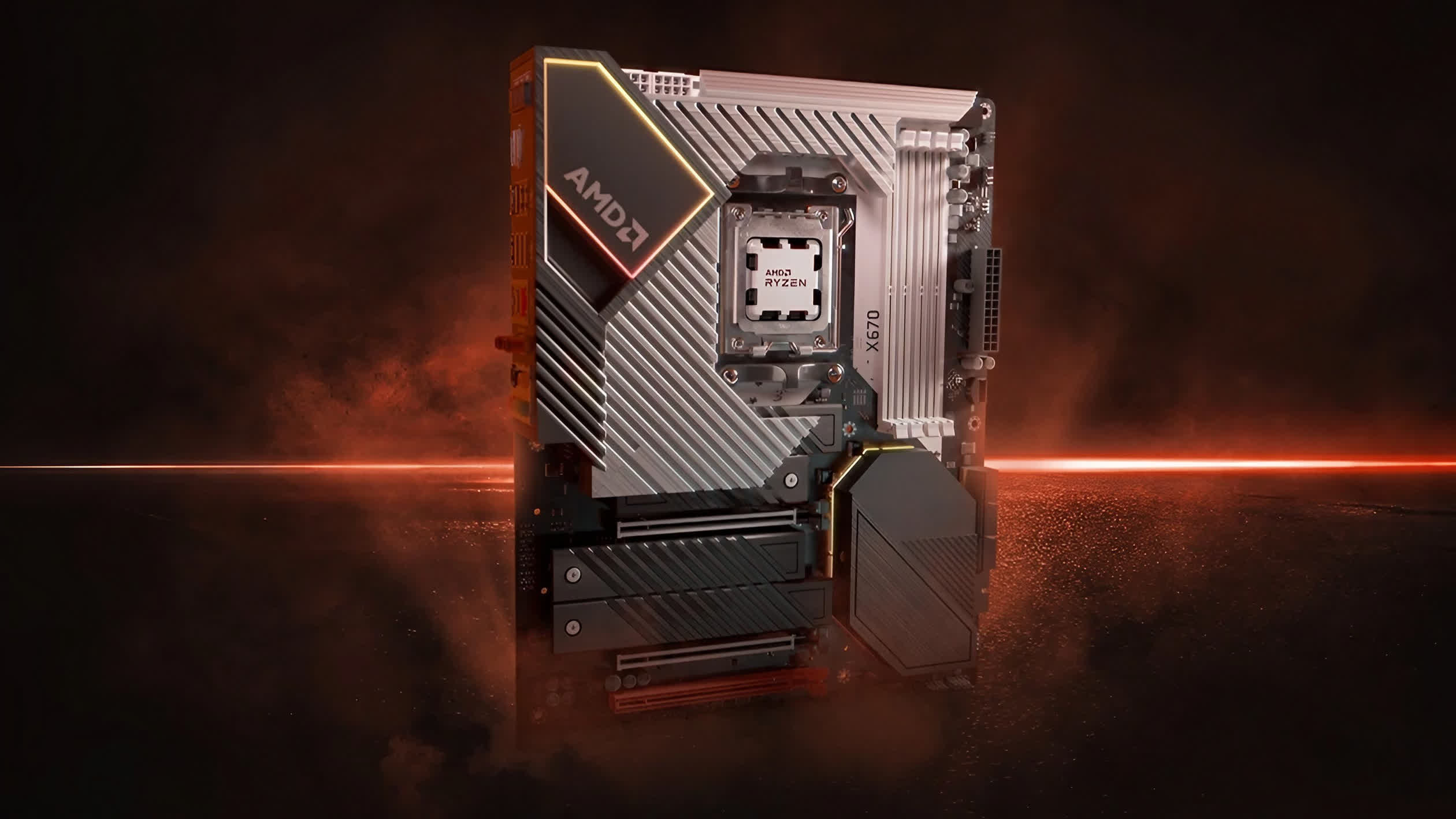
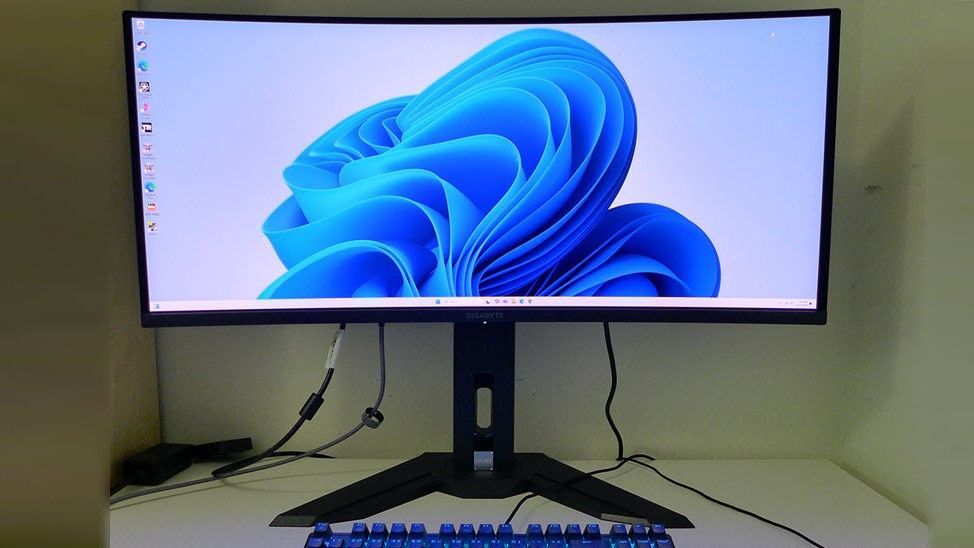
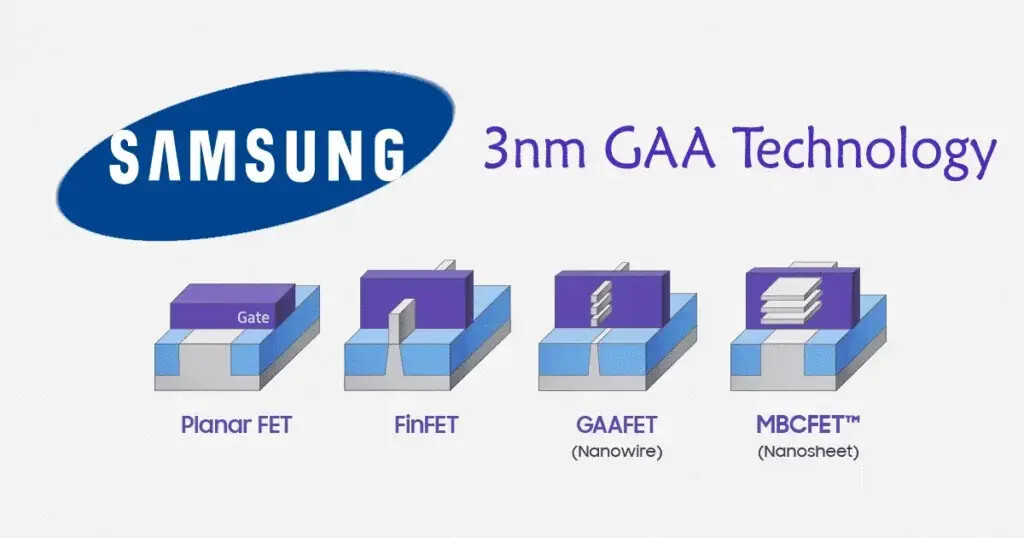
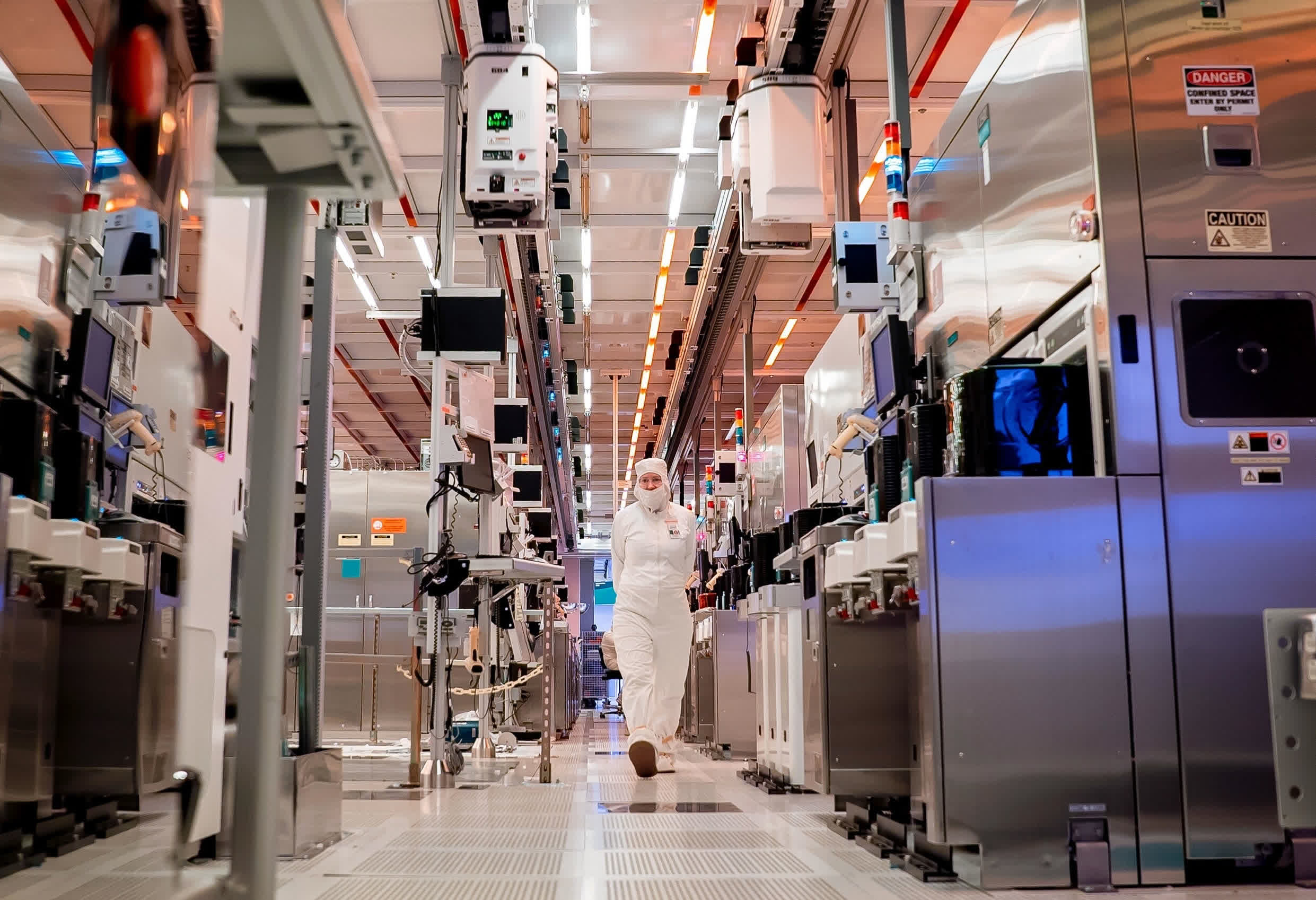
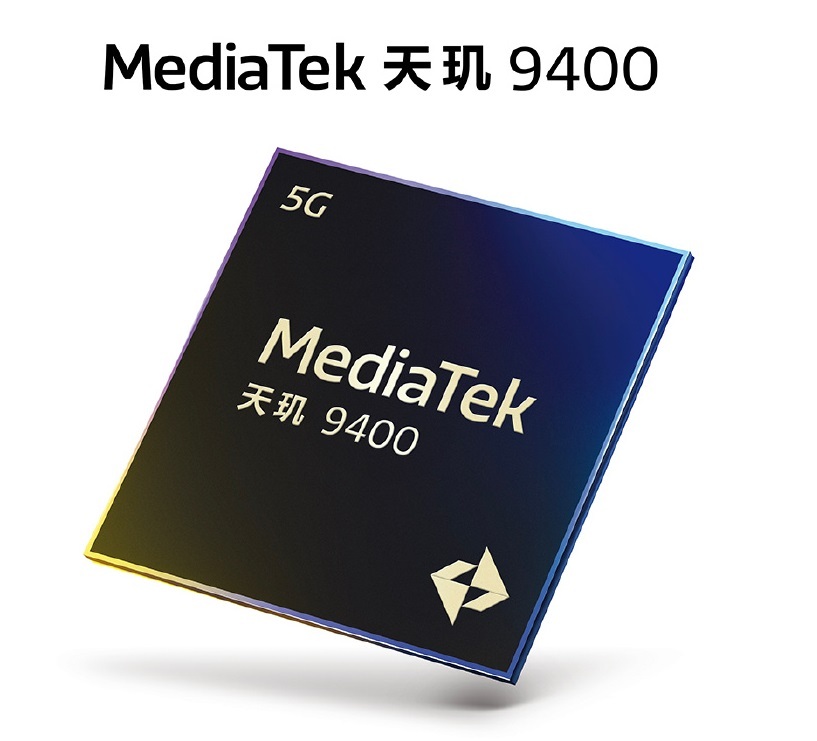


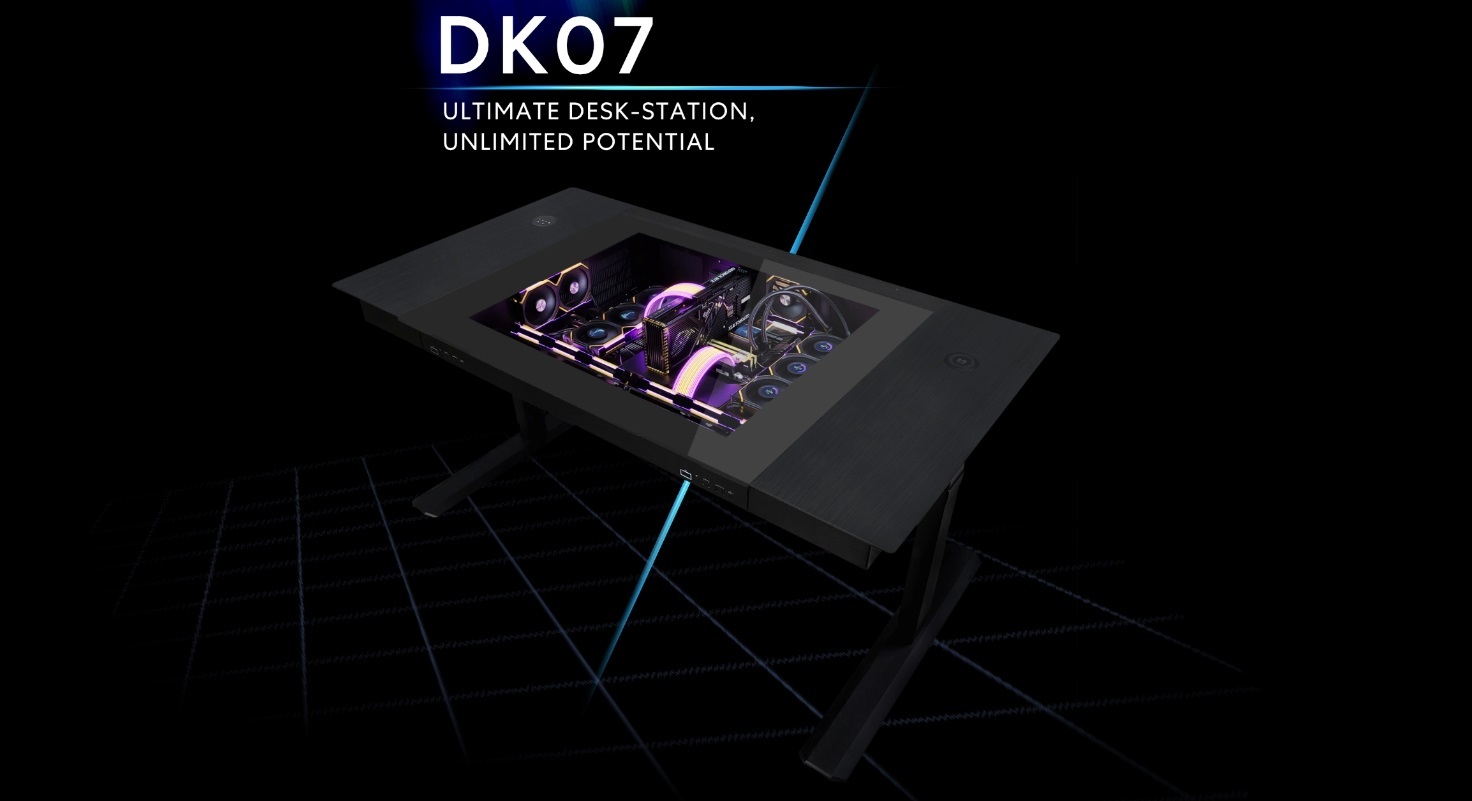

The warranty issue was a big fail on their part.
They would be leaving money on the table by not addressing it.